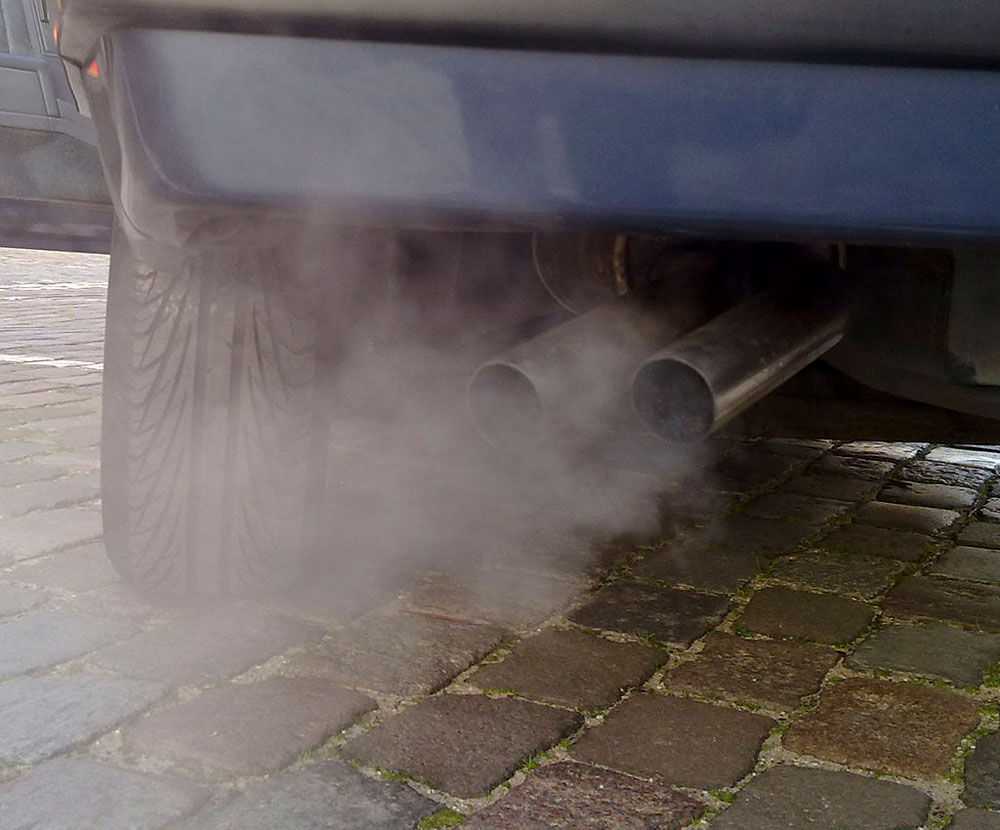
March 30, 2020; New York Times
The global pandemic might be an “all hands on deck” moment for the federal government, but apparently there are enough idle hands at the US Department of Transportation (DOT) and the US Environment Protection Agency (EPA) around to scale back federal efforts to limit climate-warming tailpipe pollution.
This, notes Coral Davenport in the New York Times, involves “undoing the government’s biggest effort to combat climate change.” Recently, NPQ asked the question of how can people engage in climate activism in the time of a global pandemic that forces people to remain physically apart. It would appear that answers to this question will need to be forthcoming sooner rather than later.
The new rule, written by EPA and DOT, “would allow vehicles on American roads to emit nearly a billion tons more carbon dioxide over the lifetime of the cars than they would have under the Obama standards and hundreds of millions of tons more than will be emitted under standards being implemented in Europe and Asia.”
Thomas Pyle, president of the Institute for Energy Research, a fossil fuel use advocate, tells Davenport that the lower fuel-efficiency standard “is the single most important thing that the administration can do to fulfill President Trump’s campaign promise of reforming the regulatory state, and to undo the impact that the previous administration has had on the economy.”
The new rule rolls back a 2012 rule that required automakers’ fleets to average about 54 miles per gallon by 2025. Instead, the fleets would have to average about 40 miles per gallon.
Sign up for our free newsletters
Subscribe to NPQ's newsletters to have our top stories delivered directly to your inbox.
By signing up, you agree to our privacy policy and terms of use, and to receive messages from NPQ and our partners.
The expected impact, notes Davenport, is “nearly a billion more tons of planet-warming carbon dioxide released.” To put this in perspective, in 2018 the global aviation industry emitted a total of 918 million tons of carbon dioxide. So, the increase in emissions is effectively of a similar amount.
“In the march of rollbacks of climate rules, this is the biggest step,” according to David Victor, director of the Laboratory on International Law and Regulation at the University of California, San Diego.
A silver lining is that promulgating the rule is not the same as enacting it. It would appear that the legal status of the new rule will remain highly uncertain for some time. According to Davenport, “about 20 states are expected to sue the administration to undo it in a case expected to be resolved by the Supreme Court in the coming years.”
If the rule does survive legal challenges, the US would shift from having one of the strongest fuel economy standards in the world to one of the weakest. The revised US standard “would be lower than those of the European Union, China, India, Japan and South Korea,” Davenport writes.
Davenport adds that the rule could in the long run also prove to be economically counterproductive for US automakers, “as other automakers develop more sophisticated, high-efficiency, low-pollution vehicles while American ones focus on gas guzzlers.”—Steve Dubb













